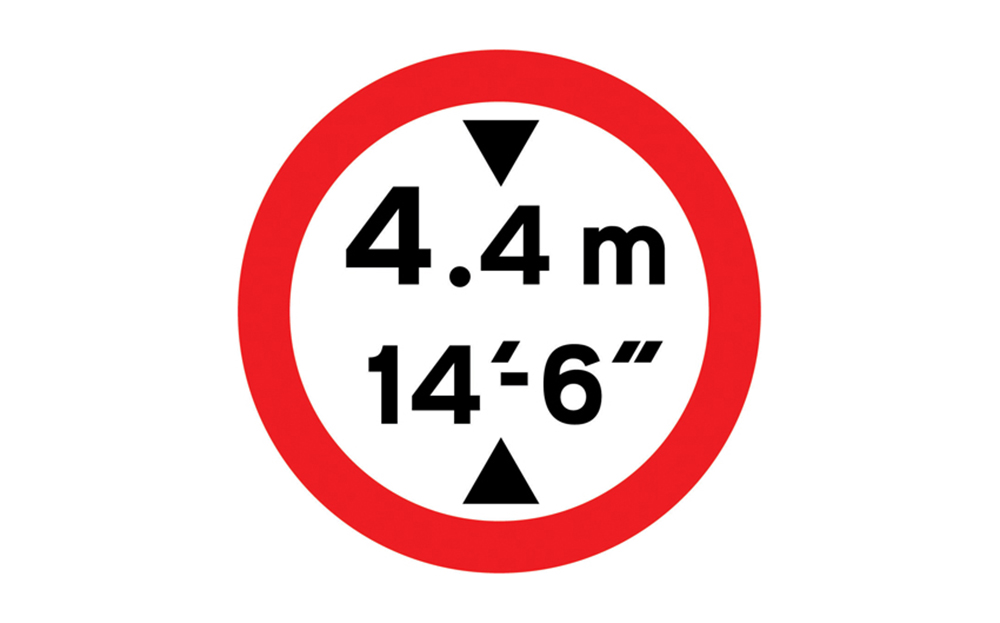News: Metric road signs to become mandatory
Miles from the end of miles?

COUNCILS WILL be forced to install road signs with metric measurements under new rules due to be introduced next year.
Signs that indicate height limits – typically on bridges – and width restrictions on narrow stretches of road will have to show limits in metres as well as feet and inches when a new version of The Traffic Signs Regulations and General Directions, which sets out the rules on signage is introduced from next March.
Search for and buy a used car on driving.co.uk
Existing panels, which display measurements in feet and inches only, will not need to be taken down immediately, but will have to be replaced with imperial and metric indicators when they wear out. The move has provoked anger from traditionalists who say that the signs will be confusing because there will be too much information for drivers to take in.
Until now, there has been no requirement to display metric measurements on road signs, with very few exceptions. Most of these are not aimed at drivers; for example location posts on the side of motorways display the distance in kilometres from the start of the motorway. Councils already have the option of putting up certain signs showing metres and feet if they choose to.
The new measure is intended to be more useful to drivers, as vehicle measurements are typically provided in millimetres. Ministers hope that this reduce the number of incidents where tunnels or roads beneath bridges are blocked by vehicles that are too big.
Despite touting it as an uncontroversial, common-sense measure, the Department for Transport buried the announcement in a consultation document that was posted on its website earlier this week. A short paragraph on 38th and final page of the paper revealed the policy, under the heading: “Other issues”.
The Department for Transport buried the announcement in a consultation document that was posted on its website
The policy has already led to accusations that it marks the first stage of a conversion to metric signs on British roads, with the end result being distance and speed signs which use kilometres rather than miles.
“The worry is that this sounds as if it could be the first stage in a move towards metric signs,” said Warwick Cairns, a spokesman for the British Weights and Measures Association, which promotes use of the imperial system. “We are concerned that the change might be creeping up. There might be more emphasis given to metric measurements in a few years; then metric-only signs; then it could be presented as a fait accompli.
“The problem with both systems being on signs is that drivers are being bombarded with more information and they are less likely to take any of it in. Imperial measurements are more useful because people can visualise height better in feet and inches rather than in metres.”
The Department for Transport denied that there were any plans to convert British road signs to metric measurements. A spokesperson said: “Displaying dual measures of height and weight restrictions make it easier for drivers and are designed to help improve safety on our roads. There are no plans to duplicate any other type of traffic sign. The Government has been clear that it will retain imperial unit system for other traffic signs.”
However, the Department’s guidelines, which stipulate the size that road signs should be, suggest it thinks that the metric system is superior: all measurements are in millimetres.




